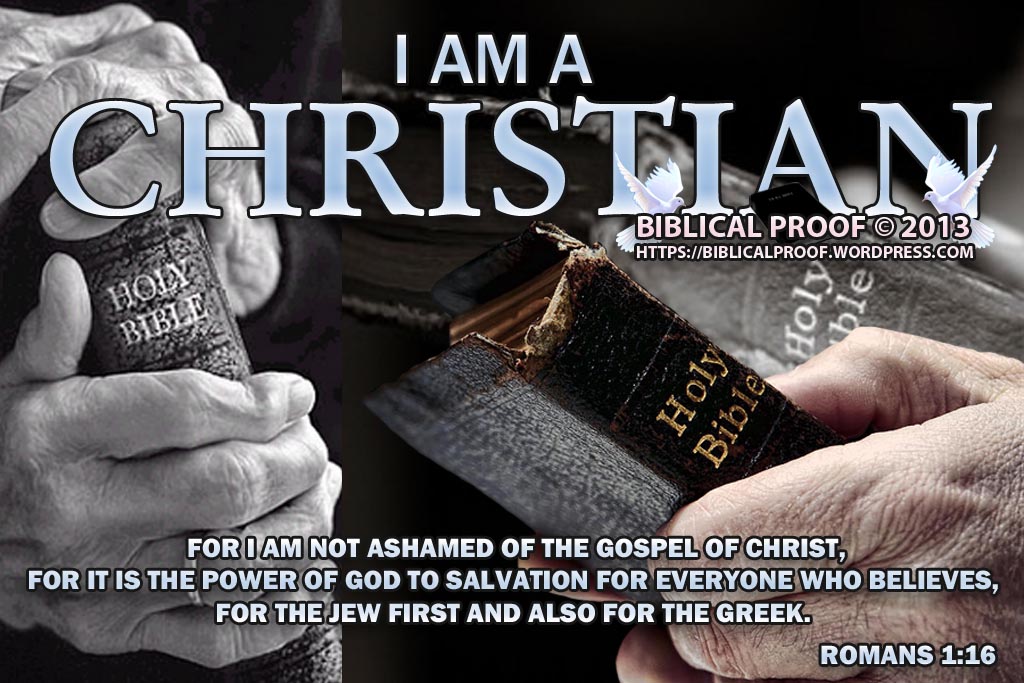While many people think that Jesus worked only with wood because he is jesus christ gospel of love to as a carpenter in Mark 6:3, the Greek word translated there as carpenter is tekton, which has a much broader meaning. It can mean any craftsman, workman, or builder in addition to a carpenter. A builder at that time worked not only with wood but also with stone. Tekton is the word from which we get the word tectonic as in tectonic plates, which are the massive slabs of solid rock that make up the earth’s crust.
That Jesus had familiarity with working with rocks is evident from his sayings in the gospels, including his statement in Matthew 7:24-27 about how a wise man builds his house upon a rock, which is the Greek word petra.
Some churches claim that the apostle Peter was the rock on which Jesus Christ is building the church. What is the truth? On what rock is Jesus Christ building his church?
It was in the region of Caesarea Philippi where Jesus Christ told Peter that he [Jesus Christ] would build the church upon a rock. That such a conversation took place in the region of Caesarea Philippi is interesting. Jesus Christ often taught using metaphors and parables related to the physical context in which he taught. The city of Caesarea Philippi was built on top of an enormous rock. It was a massive wall of rock that went straight up over 100 feet and it was about 500 feet wide. The city was formerly called Panias, after the Greek god Pan which people worshipped there after the city’s conquest by Alexander the Great. King Philip enlarged it and rededicated it to honor Caesar and himself. That is why it was called Caesarea Philippi.
Jesus worked as a tekton or builder. He used his experience to explain that he would build his church and he would build it upon the rock of himself
Peter was not the only disciple to whom Jesus Christ gave the power to make binding decisions. In Matthew 18:18, he gave all the disciples the power to make binding decisions, but he gave none of them permission to change the law of God.
One explanation for this scripture is simply the difference in meanings for the Greek words petra and petros. Petra means a large rock, cliff, or ledge, while petros means a rock or stone.
However, some people might argue that Jesus Christ likely spoke the words recorded in Matthew 16 in Aramaic rather than in Greek. In Aramaic, there is only one word for rock and that is kepha. The word kepha has no gender distinction just as the word rock has no gender distinction in English. In Greek, petros is of the masculine gender and petra is of the feminine gender.
After Matthew records the statement of Jesus telling Peter that the church would be built upon a rock, Matthew never mentions anything about an exalted role for Peter. Peter greatly influenced the writing of the gospel according to Mark. And Mark never mentions anything about an exalted role for Peter either. Notice, that Jesus said that he would build his church. It was not to be the church of Peter. Peter was a bold and courageous man, but he never exalted himself. He never sought to have men bow down before him. When Cornelius saw Peter he fell down before him to worship him, but Peter lifted him up and said that he too was a man (Acts 10:25-26).


More Stories
Exploring the Fascination with Silicone Sex Dolls
Understanding IPTV: The Future of Television
The Allure of Nightlife: A Journey Through the After-Hours Culture